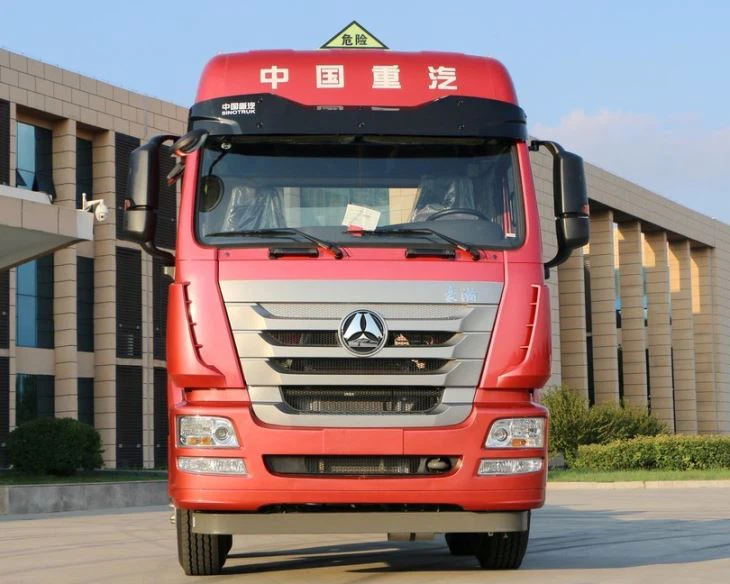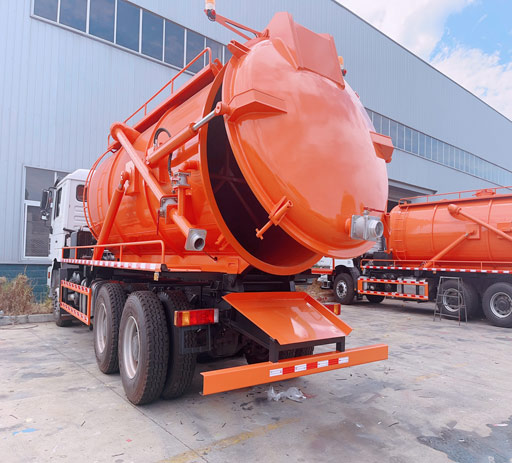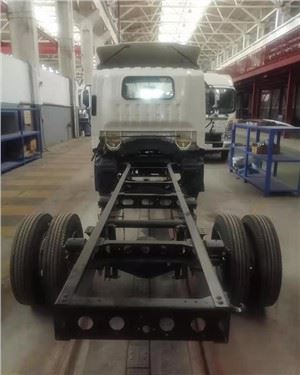Ultimate Guide to 40 Feet Flatbed Trailers: Versatility, Applications, and Tips

Introduction
When it comes to hauling large loads, a 40 feet flatbed trailer stands out as a popular choice among truckers and logistics companies. Known for its versatility and ease of use, this type of trailer is ideal for a variety of applications, from transporting heavy machinery to carrying construction materials. In this comprehensive guide, we will explore everything you need to know about 40 feet flatbed trailers, including their features, types, benefits, and practical tips for maximum efficiency. Whether you are a seasoned trucker or a novice in the logistics industry, this article will serve as an invaluable resource.
Understanding 40 Feet Flatbed Trailers
What is a Flatbed Trailer?
A flatbed trailer is a platform trailer without sides or a roof. This design allows for easy loading and unloading of freight from all sides, making it ideal for awkwardly-shaped or oversized loads. The 40 feet flatbed trailer is one of the most common sizes in this category, offering a balance between maneuverability and capacity.
Specifications of a 40 Feet Flatbed Trailer
The typical dimensions and specifications for a 40 feet flatbed trailer include:
- Length: 40 feet
- Width: 8.5 feet (102 inches)
- Height: 5 feet (varies with load)
- Pallet Capacity: Approximately 20,000 to 30,000 lbs (varies by trailer type)
Types of 40 Feet Flatbed Trailers
Standard Flatbed Trailers
Standard flatbed trailers are the most common type. They provide a flat, unobstructed cargo area and are typically used for transporting lumber, coils, and machinery.
Drop Deck Trailers
Also known as step deck trailers, these have a lower deck height which allows you to transport taller loads. The increased height on the front allows you to load heavy machinery such as cranes or oversized equipment.
Stretch Flatbed Trailers
This type extends in length, allowing for cargo that exceeds the standard dimensions. They are perfect for hauling large pipes and machinery that can’t fit on a standard trailer.
Benefits of Using a 40 Feet Flatbed Trailer
Versatility in Cargo Transport
With a flatbed design, these trailers can handle a broad spectrum of cargo, including construction materials, heavy equipment, and pallets. This versatility makes them a staple in various industries.
Easy Loading and Unloading
The absence of sides means loads can be loaded and unloaded from all angles, which speeds up the loading process significantly compared to enclosed trailers.
Cost-Effective Solution
Flatbed trailers are generally less expensive than other types of specialty trailers, making them a cost-effective option for businesses that regularly transport goods.
Operational Considerations for 40 Feet Flatbed Trailers
Weight Limitations
Different types of trailers have varying weight limits. It’s essential to know the limits of your specific flatbed trailer to ensure safe transport. Exceeding these limits can lead to accidents and penalties.
Loading Techniques
Proper loading techniques can dramatically affect the stability and handling of your trailer. Always distribute the weight evenly across the trailer to prevent swaying during transport.
Examples of Effective Loading

1. Centrally Loading Heavy Machinery: Center the weight as much as possible for balance.
2. Pallet Loading: Place heavy items on the bottom layer with lighter items stacked on top.
Tips for Secure Loading
- Always use straps or chains to secure the load
- Cover the load with tarps if it’s susceptible to weather damage
- Ensure cargo is evenly distributed to maintain stability
Maintenance of a 40 Feet Flatbed Trailer
Regular Inspections

Conducting regular inspections helps identify issues before they become major problems. Check for rust, damage to welds, and tire wear regularly.
Tire Care
Proper tire maintenance is critical for safety. Keep tires inflated to the manufacturer’s recommended pressure and rotate them regularly to ensure even wear.
Cleaning and Protection
Regular cleaning can help extend the life of your trailer. Use a non-abrasive cleaner to remove dirt and debris, and consider applying protective coats specifically designed for flatbed trailers.
Choosing the Right 40 Feet Flatbed Trailer
Assess Your Needs
Before purchasing or renting a flatbed trailer, assess your specific transportation needs. Consider the types of cargo you’ll be hauling, frequency of use, and budget constraints.
Rental vs. Purchase

For occasional use, renting a flatbed trailer may be a more cost-effective solution. However, frequent users might benefit from purchasing a trailer to avoid ongoing rental fees.
Rental Companies to Consider
| Company | Location | Contact |
|---|---|---|
| Rent A Trailer | Nationwide | 1-800-RENTAL |
| EZ Trailer Rentals | California | 1-800-EZ-RENT |
Safety Regulations for Flatbed Trailers
Secure Load Regulations
According to federal and state regulations, securing your load is mandatory. Failure to do so can lead to fines and dangerous accidents.
Height Regulations
Flatbed trailers must comply with transport height limits. Excessive cargo can increase the risk of accidents and penalties from authorities.
Frequently Asked Questions (FAQs)
1. What is the average cost of a 40 feet flatbed trailer?
The price of a new flatbed trailer typically ranges from $10,000 to $30,000, depending on the brand and features. Used trailers are usually cheaper, ranging from $5,000 to $15,000.
2. How much weight can a 40 feet flatbed trailer carry?
A 40 feet flatbed trailer can typically carry between 20,000 to 30,000 lbs, depending on its design and construction quality.
3. Do I need a special license to operate a flatbed trailer?
In most cases, you will need a commercial driver’s license (CDL) to operate a vehicle towing a flatbed trailer, particularly if the combined weight exceeds a specific threshold.
4. How do I secure a load on a flatbed trailer?
Use straps, chains, and tarps to secure loads adequately. Always make sure that weight is evenly distributed and that items are firmly tied down before departing.
5. Can I use a flatbed trailer in inclement weather?
Yes, but extra precautions should be taken. Ensure your load is adequately covered, and always drive cautiously in adverse conditions.
6. Where can I find spare parts for my flatbed trailer?
Spare parts are frequently available at local trailer supply shops, online retailers, or directly from the manufacturer of your flatbed trailer.
